About
What is a
Watershed?
Put simply, it's a land area that drains to a body of water.
Next time you're walking on soft ground, look at your footprints—they're a tiny watershed! Any rain will collect there until it seeps into the soil and flows away. But the water that flows into your footprint is part of a larger watershed. All of the water that feeds a tiny creek or stream is a watershed, and if that stream flows into a larger stream or river, it becomes part of a larger watershed.
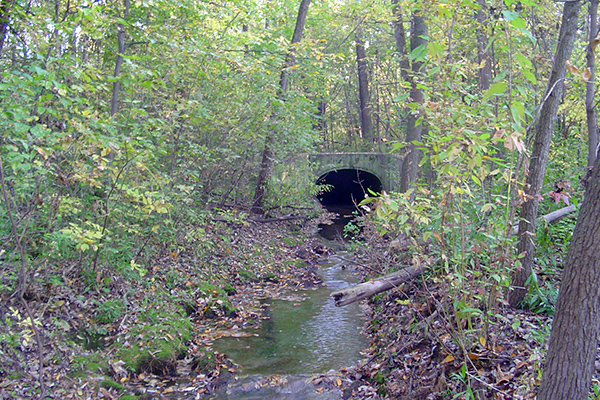
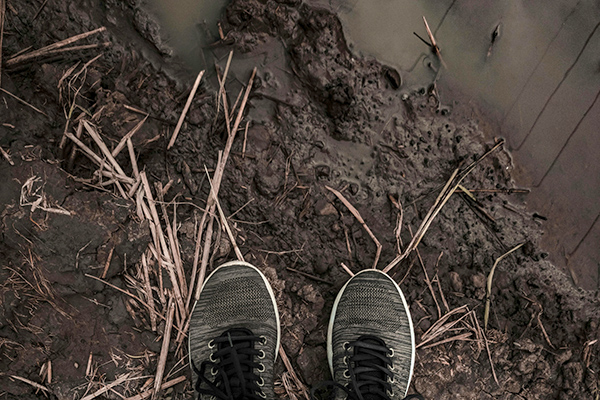
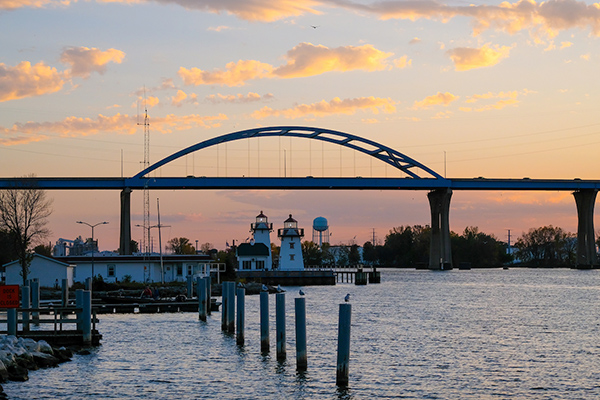
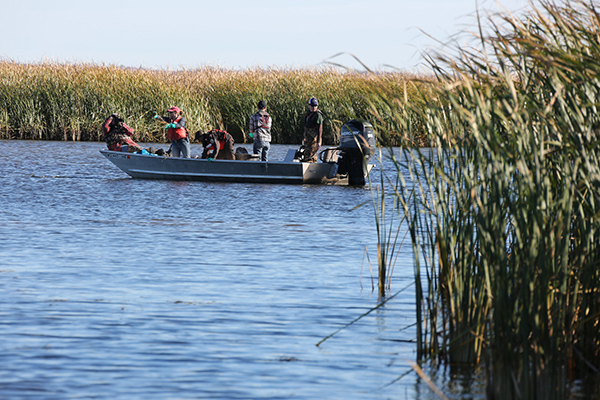
Goals of the LFRWMP
The Lower Fox River Watershed Monitoring Program's mission is to couple watershed education with the collection of top-quality scientific data.
Science
Our program contributes to the development of a long-term water quality database that can be used to educate the community about watersheds and inform resource management actions.
Education
Get access to ongoing opportunities for high-school students and teachers to engage in hands-on science and to interact with university scientists, resource managers and community professionals
Community
By getting students and teachers involved in local water science, we want to improve community stewardship and understanding of watershed and land use impacts on water quality and stream ecosystems.
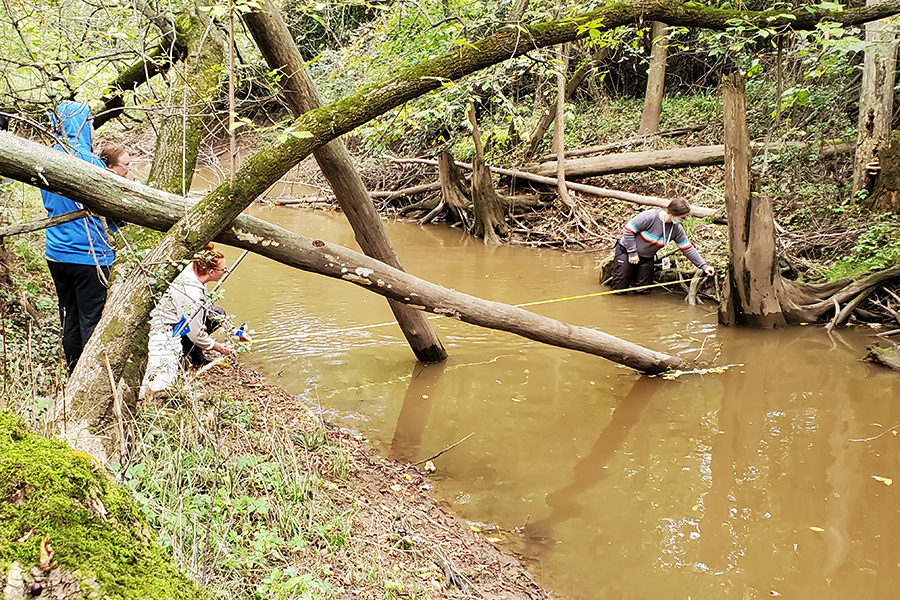
Reviving the
"dead Zone"
Transforming polluted waters into thriving ecosystems.
The future viability of the Lower Bay of Green Bay and the Lower Fox River was once murky due to pollution affecting both people and wildlife. Runoff, wastewater, and habitat loss had taken a toll on the water quality. But with our data and teamwork, we're on a mission to turn this "dead zone" into a vibrant, healthy ecosystem.
"The Water Testing Program through UW-Green Bay has allowed me to get out into the field and gain experience in an area that I would like to pursue a career in. Through this program I was able to learn skills that will help me throughout my life and it has shown me what it will take to become successful in this field."
Student at Notre Dame Academy

Ask an Expert
Ask Lynn Terrien, Outreach and Education Coordinator for the program. If you have questions, she can help!